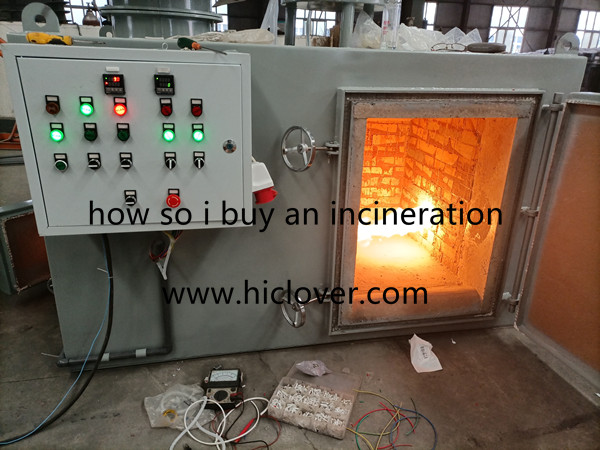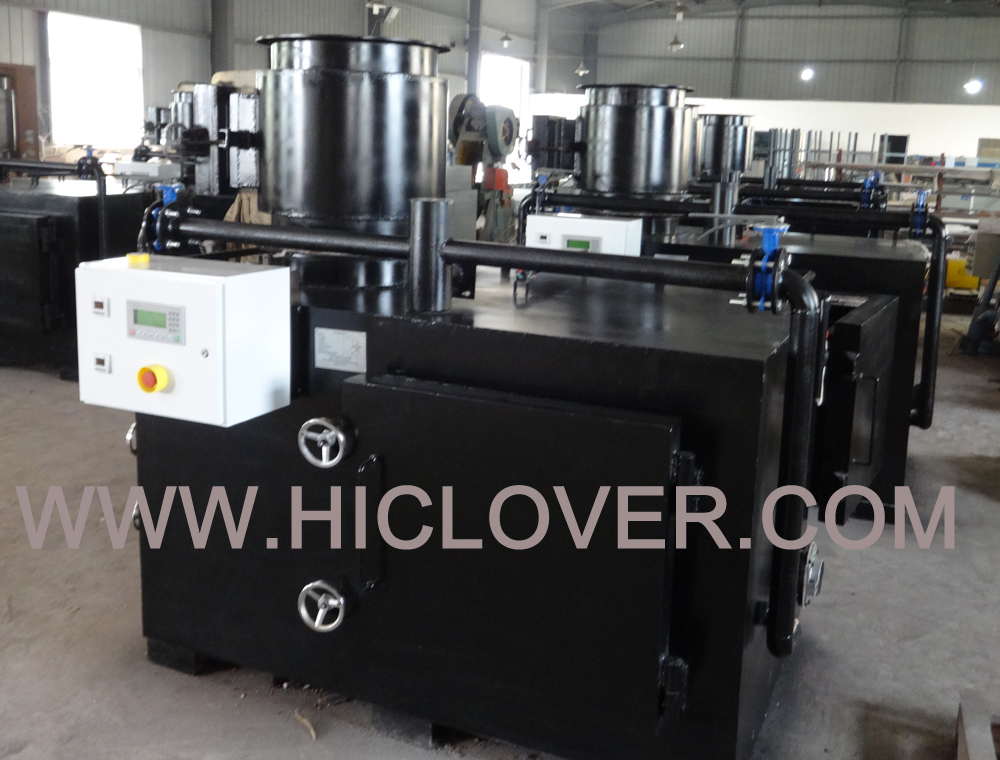Waste to energy is a process that converts waste materials into useful energy sources, such as electricity or heat. One of the key methods for converting waste to energy is through the incineration process. Incineration involves the combustion of waste materials to produce energy, and it is an important step in the management of solid waste.
The incineration process begins with the collection and transportation of waste materials to a facility equipped with incineration technology. Once the waste has been brought to the facility, it is unloaded and sorted to remove any recyclable materials or hazardous waste that should not be incinerated. The remaining waste is then fed into the incinerator, where it is burned at high temperatures.
During the incineration process, the waste is combusted, and the heat produced is used to generate steam. This steam is then used to drive turbines that produce electricity, which can be fed into the grid and used to power homes and businesses. In some cases, the heat generated by incineration can also be used to provide district heating, where the heat is distributed to nearby buildings for space heating and hot water.
In addition to producing energy, incineration also reduces the volume of waste that would otherwise be sent to landfills. This helps to alleviate the strain on landfill capacity and reduces the environmental impact of waste disposal. Incineration can also be used to treat certain types of hazardous waste, destroying the harmful components and reducing the risk of contamination to the environment.
While incineration offers several benefits in terms of energy generation and waste management, it is important to consider the potential environmental impacts of the process. The combustion of waste can release pollutants and greenhouse gases into the atmosphere, contributing to air pollution and climate change. To mitigate these impacts, modern incineration facilities are equipped with advanced air pollution control technologies, such as scrubbers and filters, to remove harmful emissions and minimize environmental harm.
Furthermore, the incineration process produces ash and other residues that must be managed properly to prevent environmental contamination. This requires careful handling and disposal to ensure that any remaining pollutants are safely contained and do not pose a threat to the environment or public health.
In conclusion, the incineration process plays a crucial role in the waste to energy conversion, providing a sustainable and efficient method for managing waste materials while generating valuable energy. By utilizing advanced technologies and rigorous environmental controls, incineration can be a viable and responsible method for waste management and energy production. However, it is important to continue researching and developing new and improved technologies to further enhance the environmental performance of incineration and minimize its potential impacts.



